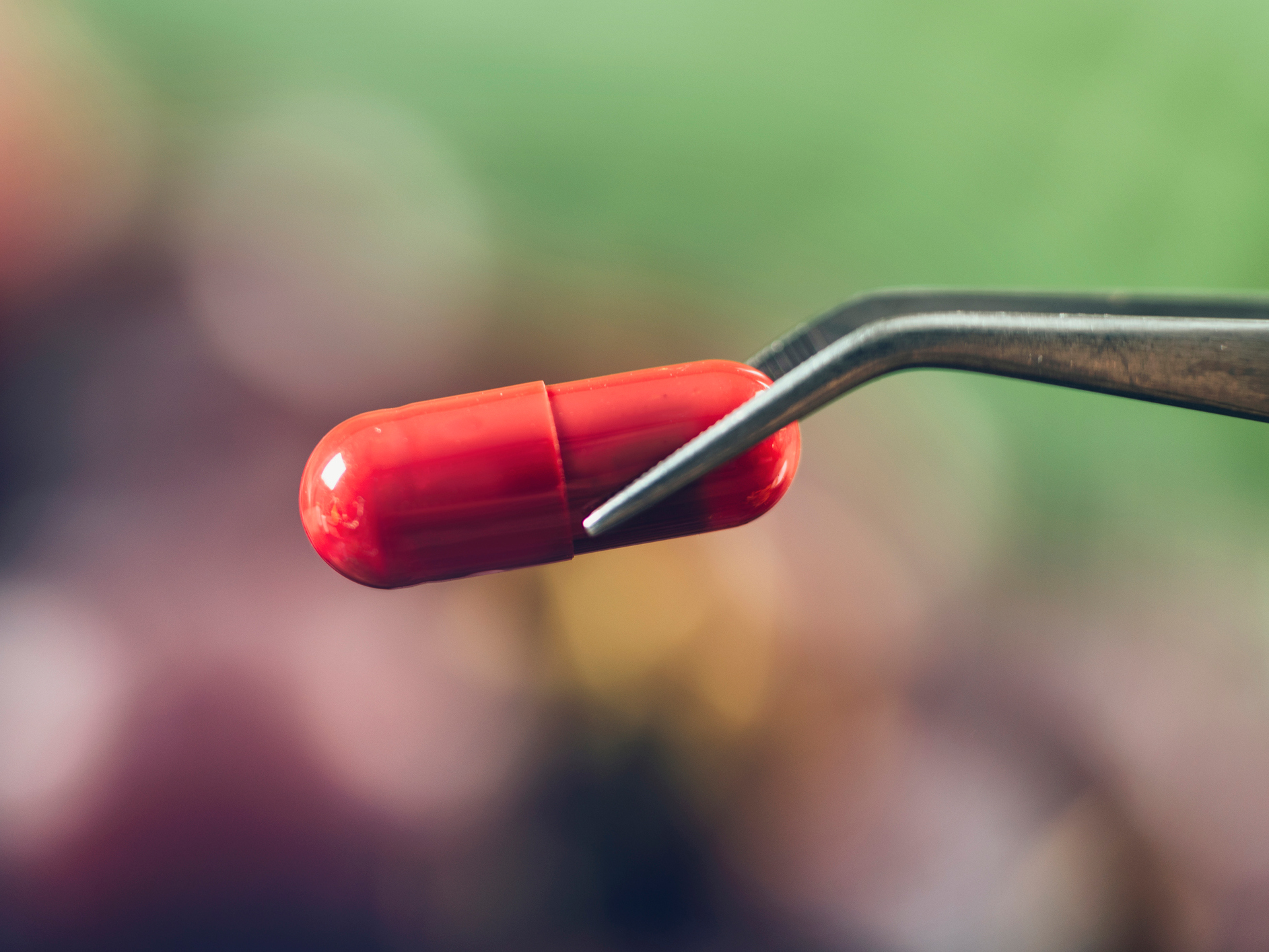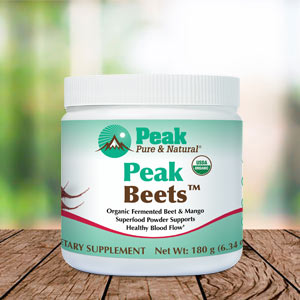Get Easy Health Digest™ in your inbox and don’t miss a thing when you subscribe today. Plus, get the free bonus report, Mother Nature’s Tips, Tricks and Remedies for Cholesterol, Blood Pressure & Blood Sugar as my way of saying welcome to the community!
Could a resveratrol supplement fight Lyme disease?

Not to sound paranoid or anything, but my biggest concern when I spend time outdoors is not snakes… it’s the ticks.
For good reason. The bite of some species of ticks carries the bacterium Borrelia burgdorferi, responsible for what might be considered a silent plague…
Based on data from 2010 and 2018, the CDC estimates more than 475,000 new cases of Lyme disease are reported each year in the U.S. And other than long-term antibiotic therapy — which the medical community admits is not always effective — there isn’t much else available that your doctor can offer.
That leaves a lot of Lyme disease victims suffering from debilitating fatigue, joint pains, memory problems, facial paralysis, aches, stiffness in the neck, heart palpitations, and severe headaches — for life.
But there may be light at the end of the tunnel…
That’s because the treatment of Lyme disease is at least one area where the medical community may be forced to realize the benefit of alternative treatments.
Natural extracts that fight Lyme disease
The antibiotics doxycycline and cefuroxime are currently the go-to antibiotics used against the bacterial species behind Lyme disease, Borrelia burgdorferi (B. burgdorferi)
However, antibiotics are not effective in eradicating all traces of B. burgdorferi from the system, which means that the disease can persist.
The impressive likes of the Johns Hopkins Bloomberg School of Public Health, with colleagues at the California Center for Functional Medicine and Focus Health, surveyed the power of 14 plant-based extracts to kill the bacteria, compared to antibiotic treatment.
What they found was downright impressive…
The researchers show that plant extracts from black walnut, cat’s claw, sweet wormwood, Mediterranean rockrose and Chinese skullcap had strong activity against B. burgdorferi, outperforming both tested antibiotics.
But by far the strongest performers were Ghanaian quinine (Cryptolepis sanguinolenta; also known as yellow-dye root, nibima, or kadze) and Japanese knotweed (Polygonum cuspidatum).
Ghanaian quinine is a shrub from West Africa containing the antimicrobial alkaloid cryptolepine and is used in ethnomedicine to treat malaria, hepatitis, septicemia and tuberculosis.
Japanese knotweed is a traditional medicine in India and China that contains the polyphenol antioxidant resveratrol. In other preclinical studies, it has been found to have anti-tumor and anti-inflammatory effects and protect the nervous system and heart.
Extracts from both plants were found to kill microcolonies of Borrelia burgdorferi and inhibit the division of the planktonic form, even at low concentrations (0.03-0.5 percent). In fact, just a single 7-day treatment with 1 percent Ghanaian quinine could completely eradicate the bacterium. Amazingly, it did not regrow, even under optimal conditions.
Resveratrol: The power behind Japanese knotweed.
So if someone like me wants to feel like I’m doing something “extra” that could lessen my risk of contracting Lyme (in addition to wearing lightweight clothing to my ankles and wrists), would choosing a resveratrol supplement make sense?
I’m going to take resveratrol anyway, so why the heck not?
Most supplements containing resveratrol source this powerful antioxidant from the Japanese knotweed. You would see it listed as Polygonum cuspitadum.
According to the information I read at examine.com — an independent educational organization that analyzes nutrition and supplement research — most of the benefits attributed to Japanese knotweed are likely because of its resveratrol content.
More good news is that a forgotten antibiotic, hygromycin A, first discovered in the 1950s is also proving helpful against Lyme disease in mice studies. It was also less disruptive to the mice’s gut microbiomes than conventional broad-spectrum antibiotics.
Above all this summer, be cautious in wooded areas or even in your yard, especially if you let the grass get a little high. Do self-checks to make sure if a tick did hitch a ride, or worse, bite you, you make the discovery as soon as possible. Early diagnosis is imperative when it comes to antibiotic therapy and Lyme disease.
To safely remove a tick, follow these instructions from the CDC.
Stay safe this summer!
Editor’s note: Are you feeling unusually tired? You may think this is normal aging, but the problem could be your master hormone. When it’s not working, your risk of age-related diseases skyrockets. To reset what many call “the trigger for all disease” and live better, longer, click here to discover The Insulin Factor: How to Repair Your Body’s Master Controller and Conquer Chronic Disease!
Source:














